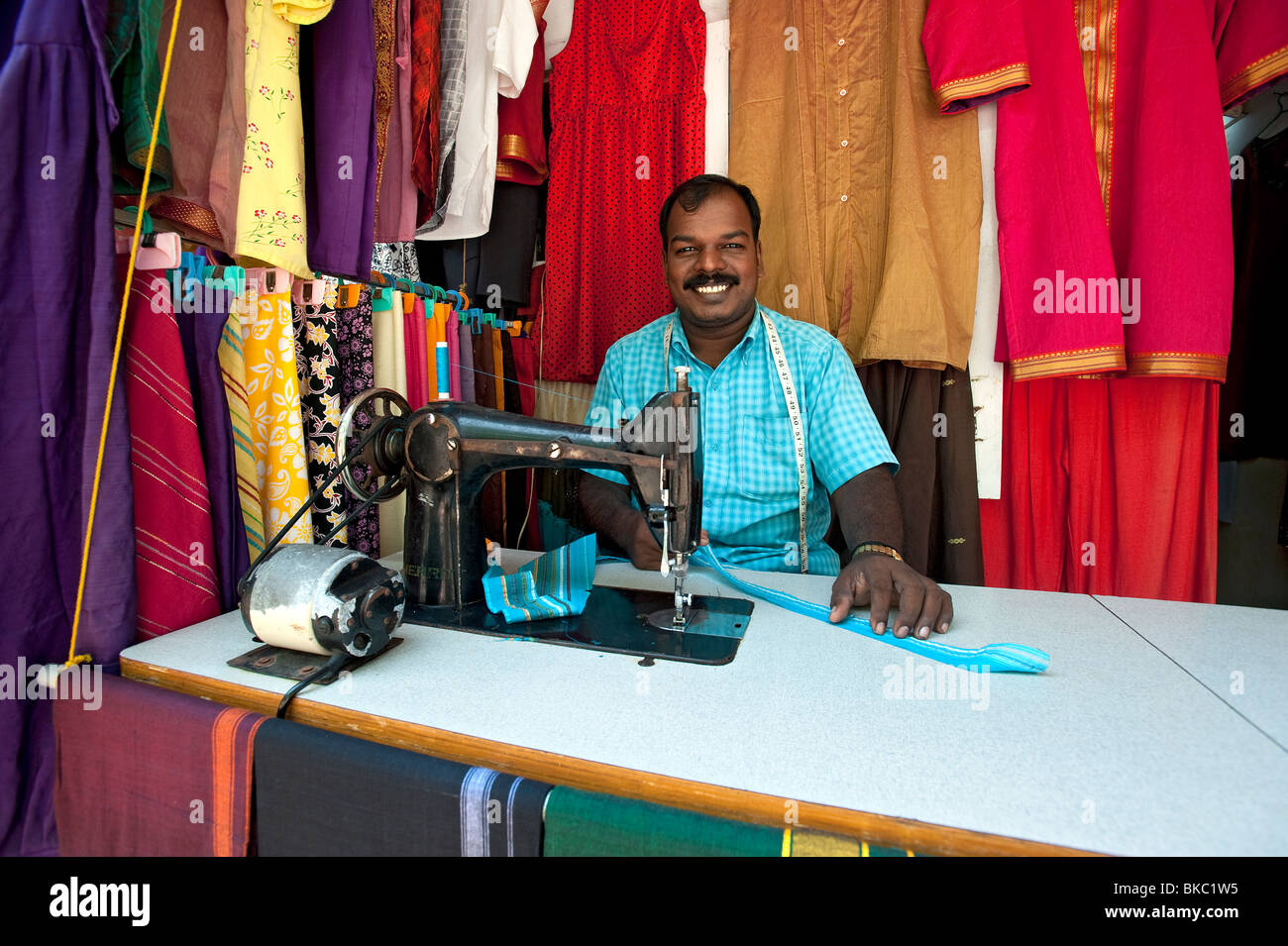Leading Tailor Perth Services: Tailoring Solutions for Perfect Fits
Leading Tailor Perth Services: Tailoring Solutions for Perfect Fits
Blog Article
Comprehending the Tailoring Process: From Material Choice to Last Fitting for the Ideal Closet
The tailoring procedure is an intricate interplay of art and scientific research, starting with the critical decision of material option and finishing in the accurate adjustments of final fittings. Each fabric type brings one-of-a-kind top qualities that influence not just the visual appeal yet additionally the garment's durability and suitability for numerous occasions.
Value of Material Choice
Choosing the right material is critical in the tailoring process, as it straight affects the convenience, toughness, and general visual of the last garment (tailor perth). The selection of textile establishes the structure for the garment's style, capability, and efficiency. Different fabrics possess special residential or commercial properties, such as weight, stretch, and breathability, which can significantly affect how the garment drapes and fits the body
Moreover, fabric choice impacts the garment's long life and convenience of care. Top notch fabrics can stand up to deterioration, keeping their appearance and framework gradually, while lower-quality products might bring about pilling or fading. Furthermore, the right material contributes to the garment's capacity to change throughout celebrations and seasons, thereby boosting flexibility.
A customized piece made from an appropriate fabric not only showcases craftsmanship but also elevates the wearer's self-confidence. Understanding the nuances of material choice is paramount for any kind of tailoring endeavor. It makes sure that the end product not only satisfies the aesthetic desires of the customer but additionally straightens with functional demands, consequently accomplishing an unified balance in between kind and feature in the customized closet.
Types of Fabrics and Their Usages
Understanding the different kinds of fabrics offered is essential for making informed decisions throughout the tailoring procedure. Each textile possesses one-of-a-kind characteristics that determine its viability for certain garments and occasions.
Cotton, known for its breathability and soft qualities, is optimal for laid-back wear and summertime apparel. Its convenience permits it to be tailored right into whatever from tee shirts to dresses. Wool, on the other hand, is favored for its heat and structure, making it an exceptional option for official suits and outerwear - tailor perth. Its all-natural elasticity helps garments keep form with time.
Silk exudes deluxe and is light-weight, making it perfect for eveningwear and fragile blouses; however, it calls for careful handling because of its delicacy. Bed linen, with its distinctive coating, is a preferred option for warm climates, providing a airy and crisp feel, however it wrinkles conveniently, which might affect the garment's appearance.
Synthetic materials, such as polyester and nylon, offer toughness and resistance to wrinkles, making them appropriate for daily wear and active garments. Recognizing these fabric types and their buildings permits better decision-making, making certain that each tailored piece not just fits well however likewise lines up with the intended purpose and celebration.
The Tailoring Methods Described
The art of tailoring counts on a variety of techniques that change textile right into well-fitted garments. Central to this procedure is pattern preparing, where a tailor creates layouts based upon the client's measurements and wanted design. This initial step makes sure that the garment will certainly fit the wearer properly before any reducing happens.
When patterns are established, reducing techniques come right into play. Precision is vital as errors can result in misfitting garments. Tailors commonly use different cutting techniques, such as single-layer cutting for intricate styles and multiple-layer reducing for efficiency on basic patterns.
Basting is another essential technique, allowing dressmakers to briefly sew fabric assemble for an initial fitting. This method uses the chance to assess the drape and general shape before final sewing.
Seaming strategies, consisting of flat-felled joints and French joints, boost the garment's sturdiness and aesthetic allure. Tailors additionally employ methods such as interfacing Look At This and padding to provide structure and form to details areas, like shoulders and collars.
Lastly, ending up methods, consisting of hemming and side finishing, guarantee the garment's longevity while giving a sleek appearance. Together, these techniques form the foundation of efficient tailoring, resulting in elegant, custom-fit garments.
Suitable Modifications and Factors To Consider

Trick considerations include the shoulder fit, which ought to neither droop neither restrict activity, and the sleeve size, which should enable comfy arm activity while preserving a sleek appearance. In addition, modifications at the waist can official site refine the shape, with alternatives to allow out or absorb material as required.
The rise of trousers is one more important factor; it needs to rest easily above the hips without triggering discomfort, enabling ease of motion. Hemming lengths for both pants and skirts should mirror the user's recommended design while valuing percentages.

Keeping Your Tailored Attire
Constantly follow the treatment label guidelines, which may advise completely dry cleansing for fragile materials or device washing for even more resilient materials. Stay clear of constant laundering, as this can use down the textile and change the garment's shape.
Storage space is similarly vital; usage cushioned hangers for layers and jackets to keep shoulder structure, and shop trousers folded nicely or hung to stop creasing. Protect garments from direct sunlight, which can fade shades and damage fibers.
In addition, regular inspections for minor fixings can protect against larger issues. Look for loose buttons, fraying joints, or indications of moth damage, addressing these issues promptly to preserve the garment's integrity.
Finally, take into consideration seasonal turning. Putting on customized pieces in small amounts enables textiles to recoup, prolonging their life-span. By executing these maintenance methods, you can ensure that your customized garments continue to be as pristine as the day you first used them, improving your perfect wardrobe for several years to find.
Verdict
The tailoring procedure, including textile selection, proficient methods, and specific fitting changes, plays a vital function in creating garments that boost both comfort and style. Comprehending the value of maintenance expands the life of customized garments, solidifying their value in a well-curated wardrobe.
Picking the best material is crucial in the customizing process, as it straight influences the convenience, longevity, and overall aesthetic of the final garment. The choice of fabric sets the foundation for the garment's capability, performance, and style. Different materials have distinct homes, such as breathability, weight, and stretch, which can considerably impact exactly how the garment drapes and fits the body.
The art of customizing counts on a range of methods that change textile into well-fitted garments.The tailoring process, encompassing textile option, proficient methods, and precise fitting modifications, plays a vital function in creating garments that improve both comfort and style.
Report this page